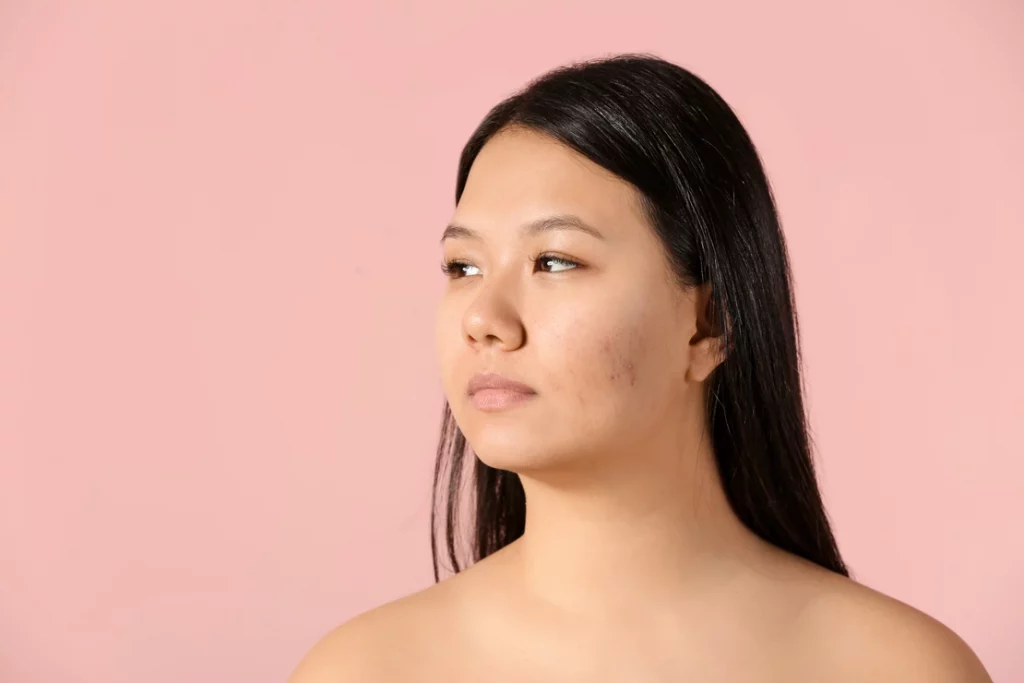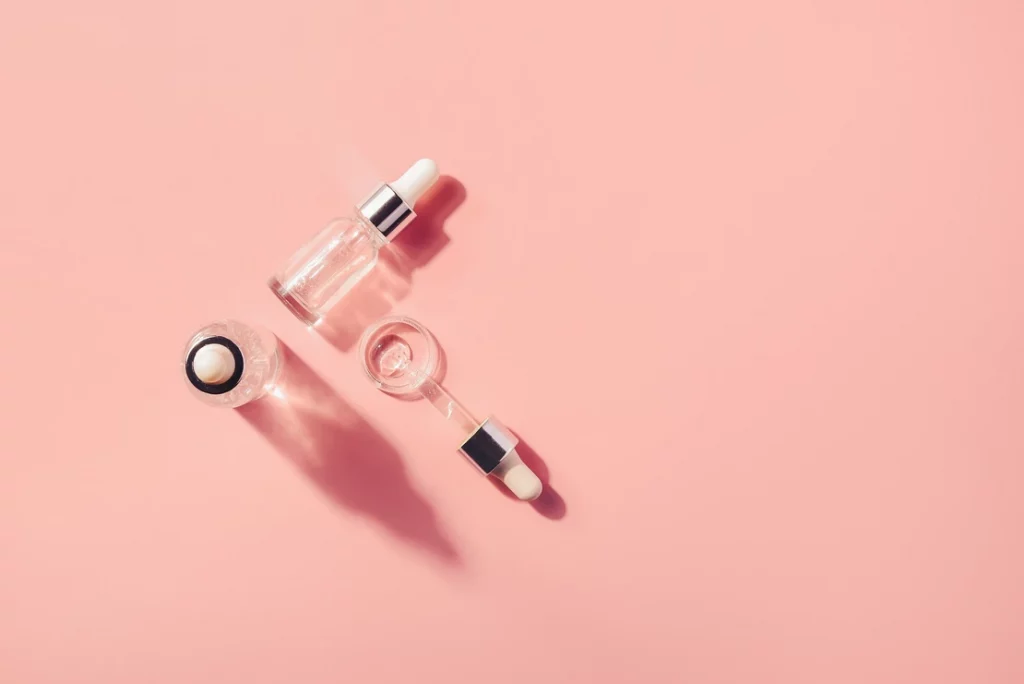Have you ever dealt with uneven skin tone after sun damage , age spots, or discoloration after a pimple? You aren’t alone. Millions of people deal with hyperpigmentation, a common skin condition in which patches of skin become darker than the surrounding areas surrounding it. In other words, dark acne scars, unwanted freckling, age and/or sun spots! Keep reading to learn more about hyperpigmentation and the easiest ways to fade your own dark spots.

What causes hyperpigmentation?
Hyperpigmentation, or the darkening of areas of the skin, occurs when the skin produces more melanin resulting in dark pigmented spots or patches to form on the skin’s surface.
There are 3 major causes of hyperpigmentation.
The first are the dark spots from trauma incurred from adult acne, the second being melasma which is often linked to hormonal imbalance, and the last being general uneven skin tone which happens as our skin changes with age.
Thankfully, there are various methods out there that can help, and top of the list, no surprise here, sunscreen! The sun’s harmful UV rays really threaten the healthy processes in your skin, and when you cut off its exposure, it allows your skin to heal. Treating pigment without sunscreen is like pushing a rock uphill, so slather on the SPF and keep scrolling for how to tackle the different types of hyperpigmentation!
How do I treat hyperpigmentation?
Before you determine the best way to treat your hyperpigmentation it’s important to determine exactly which type you’re dealing with! The three different types and the best treatment for each is below:
Post-inflammatory hyperpigmentation (or PIH)
Have you ever struggled with acne? If the answer is yes, then you’re probably familiar with post-inflammatory hyperpigmentation, or PIH, which is just the scientific term for those pesky dark scars that remain after a pimple goes away. Those dark spots can occur after a pimple has healed but can also happen after any trauma to the skin, like a scratch or cut.
Treatment: We recommend focusing on the cause of PIH in the first place: acne! Getting your acne under control can prevent new dark spots from forming while allowing current scars to fade with regular exfoliation and cell turnover. Also recommended (besides sunscreen)? Retinol, Vitamin C, AHA products, and regular facials! All of these work to increase cell turnover rates and aid in exfoliation to even your overall skin tone. Pigment caused by injury can also be treated with laser treatment and microneedling!
Melasma
Pigmentation created by melasma, characterized by brown to gray-brown patches on the face, usually appears the cheeks, bridge of the nose, forehead, chin, and/or above their lips. While the causes of melasma is still unclear, common triggers include extended sun exposure and/or a change in hormones.
Treatment: Some instances of melasma can fade on its own when a trigger such as pregnancy or hormonal birth control is the culprit. When a woman delivers her baby or stops the medication, the melasma can fade! However, in some cases treatment can be much more difficult. We recommend applying SPF often and staying out of the sun as UV rays can make pigment worse. Speed up the healing process with natural skin brighteners, regular exfoliation and chemical peels to keep it light as possible.
Photoaging
Photoaging (aka sun spots) typically show up later in life as our skin changes with age and years of prolonged sun exposure. Uneven skin tone on the face usually starts in the late thirties or forties after damage to the skin caused by exposure to sunlight and ultraviolet (UV) light. This form of pigmentation usually appears larger than freckles, and more like clusters of darker spots on the complexion.
Treatment: Light is around us at all times, making sun damage a year-round concern for healthy skin. Wear sunscreen everyday to prevent the signs of photoaging, but if you’re already experiencing symptoms, you’ll want to incorporate skincare treatments and products designed to reverse sun damage and boost cell turnover such as Retinol, Vitamin C and E, chemical peels, and laser treatments.

Summing it up: How to Prevent Hyperpigmentation
Wearing sunscreen every day can do more than prevent skin cancer — it can also prevent hyperpigmentation as well! If you’re seeing signs of hyperpigmentation, slather on the SPF and opt for natural skin brighteners, regular exfoliation, microneedling, chemical peels, and more.